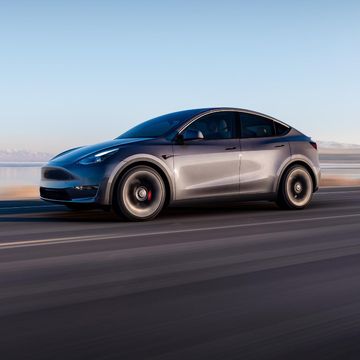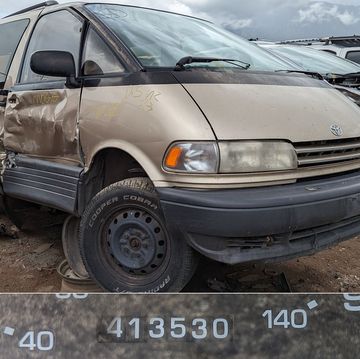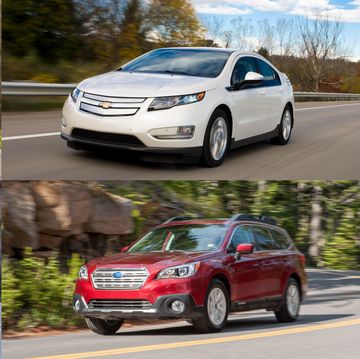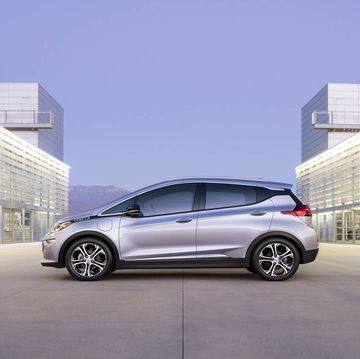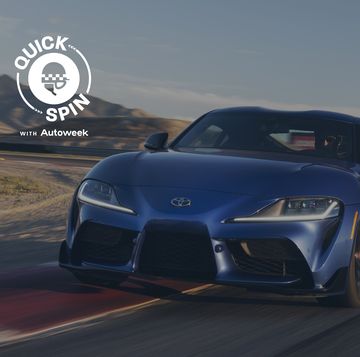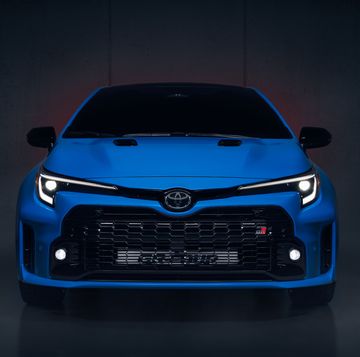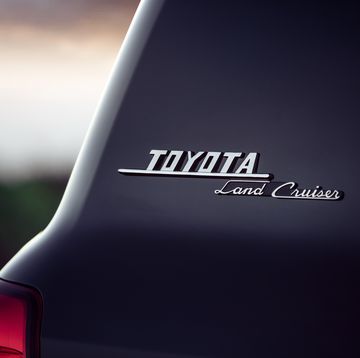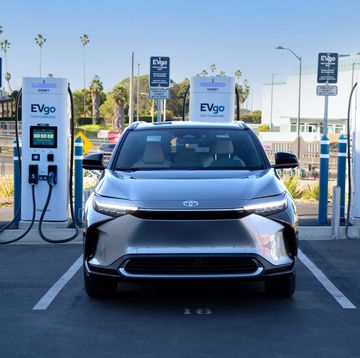After the long wait, Toyota’s fifth-generation Supra is heading to race tracks, dynamometers and homes in North America. Like any legendary nameplate, the Supra was heavily scrutinized before anyone outside of Toyota and its co-developer BMW even climbed behind the wheel to try it out. As it turns out, the new Supra is a blast to drive and will likely cut its own path to a lasting fan base.
But the question still stands: How did we get to five generations of Supra? Well, it starts here:
1. 1979-1981 Toyota Celica Supra
Toyota didn’t launch the Supra nameplate as a stand-alone. Instead, Toyota added a Supra badge to the Toyota Celica after extensively reworking the four-cylinder Celica to accept an inline-six engine. Celica Supra coupes slated for export were powered by a 2.6-liter I6 making 110 hp. Toyota offered a five-speed manual transmission or a four-speed automatic.
Before the first-generation Supra ran its course, the team at Toyota increased the six-cylinder’s displacement to 2.8 liters, hinting at a powerful future. The bigger engine debuted for the 1980 model year, and the extra grunt afforded drivers an extra 7 hp.
2. 1982-1985 Toyota Celica Supra
Still under the Celica banner and built upon the Celica’s platform, the second-generation Toyota Supra started to drift further away from the standard Celica. Toyota split the Celica Supra into two different packages: a Celica Supra P-type, geared toward performance, or an L-type angled more toward the luxury side of things. While both of these different types of Supras were largely the same mechanically, it did affect options and packages.
The engine became the 5M-GE DOHC 2.8-liter I6 for the second-gen models. The lowest output models sent 145 hp through a five-speed manual or four-speed automatic transmission, with the highest output models doing the same with 178 hp. That’s quite the hike over the first generation’s peak of 117 hp.
3. 1986-1992 Toyota Supra
Following the 1970s and ‘80s spinoff trend, Toyota finally spun the Supra off into its own standalone nameplate for the third generation. Without the Celica badge preceding it, the new-for-’86.5 Supra also introduced a 3.0-liter inline-six -- not that legendary 3.0-liter I6, that’s still a generation away, but the three-liter displacement did come in this generation.
The 1987 models introduced the turbocharged Supra to the masses. The increased displacement and sharper focus on performance saw another sharp rise in the Supra’s horsepower. Naturally aspirated Supras sent 203 hp through the five-speed manual or four-speed automatic transmissions, with the turbocharged models dishing out an impressive-for-the-time 232 hp. There was another more potent engine available in Japan that butted up against the 276 hp gentleman’s agreement, but that didn’t make its way to the States.
The third-gen Supra is also the last of the hidden-headlight models, exemplifying the 1980’s design trend. Despite sharing the same styling trends as its predecessor, the third-gen Supra is the sleekest (but also the heaviest) of the earlier models.
4. 1993-1998 Toyota Supra
What was thought to be the final chapter in Toyota’s Supra adventure, the fourth-generation Supra is arguably the most popular of the bunch. Flying under the chassis designation A80, the fourth-gen Supra introduced a host of new features, namely the now-legendary 2JZ engine (to the U.S., anyway). Designed with durability and performance in mind, the twin-turbocharged 2JZ-GTE produced 321 hp before meeting its untimely end in the States in 1998. While 321 hp was great for the era, its robust design became a favorite platform among drag racers. There was a naturally aspirated version, the GE, that made a respectable 220 hp.
The fourth-gen Supra also found everlasting fame as the hero car in the first installment of the Fast and the Furious franchise.
Even though Toyota stopped importing the Supra in ’98, the Supra pushed on until 2002 in other markets.
5. 2020 Toyota Supra
After a long lull in Supra production, Toyota announced it would be reviving the Supra nameplate. It took longer than many would have liked, but the Supra finally got its fifth generation in 2019 as a 2020 model year. Toyota is sharing the bones of the Supra with BMW, but external styling is distinctly Toyota.
Powered by a 3.0-liter turbocharged engine, the Supra hits the high notes of nostalgia for former Supra owners. There’s no manual transmission yet, but the eight-speed automatic at least has paddle shifters. Nor did the fifth-generation Supra didn’t get the generational spike in power that we’ve seen across the Supra timeline, but it does send an honest 335 hp to the rear wheels.






